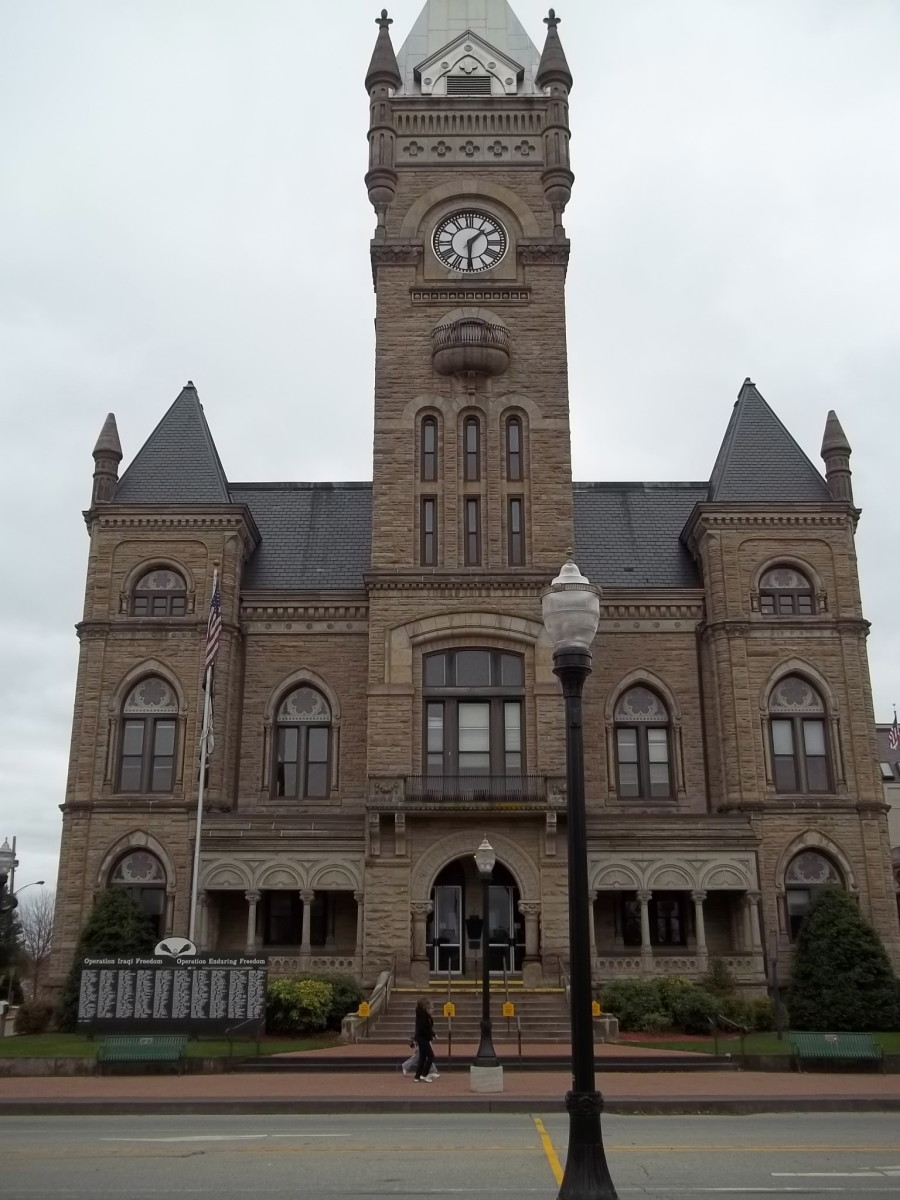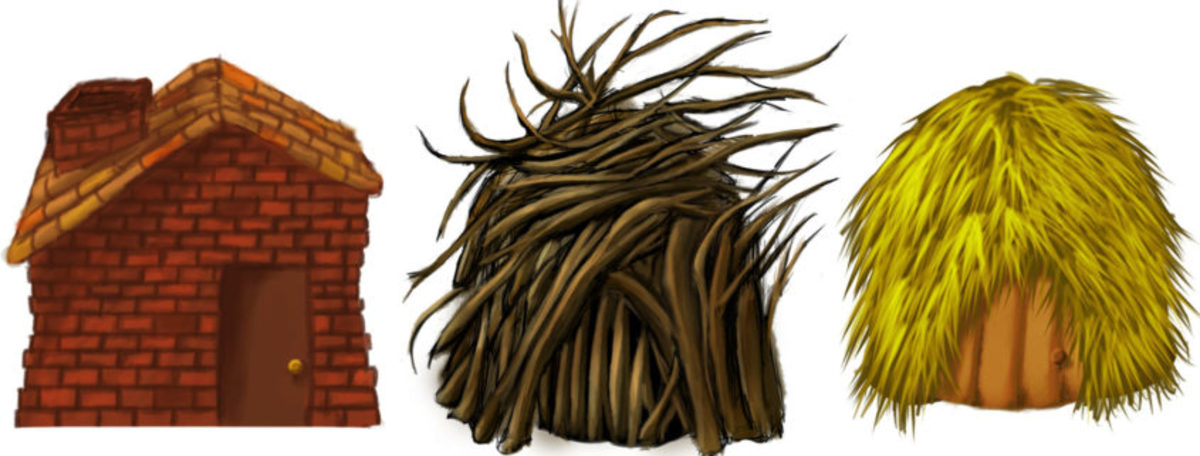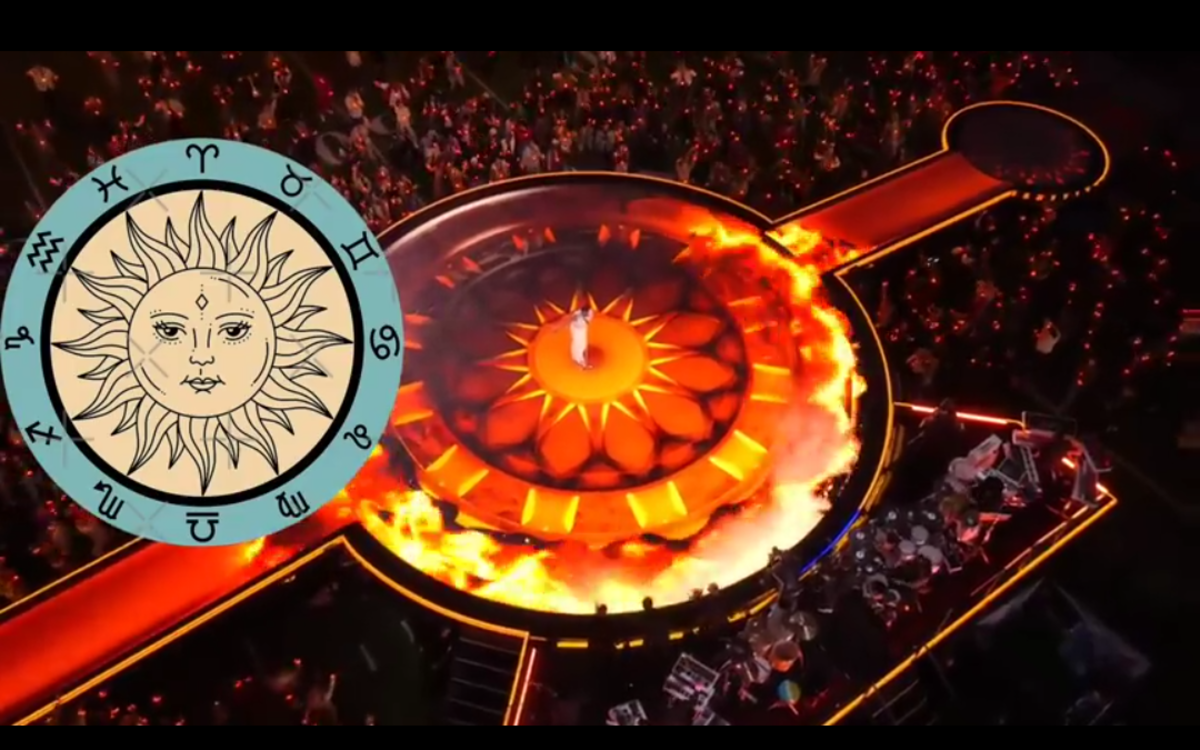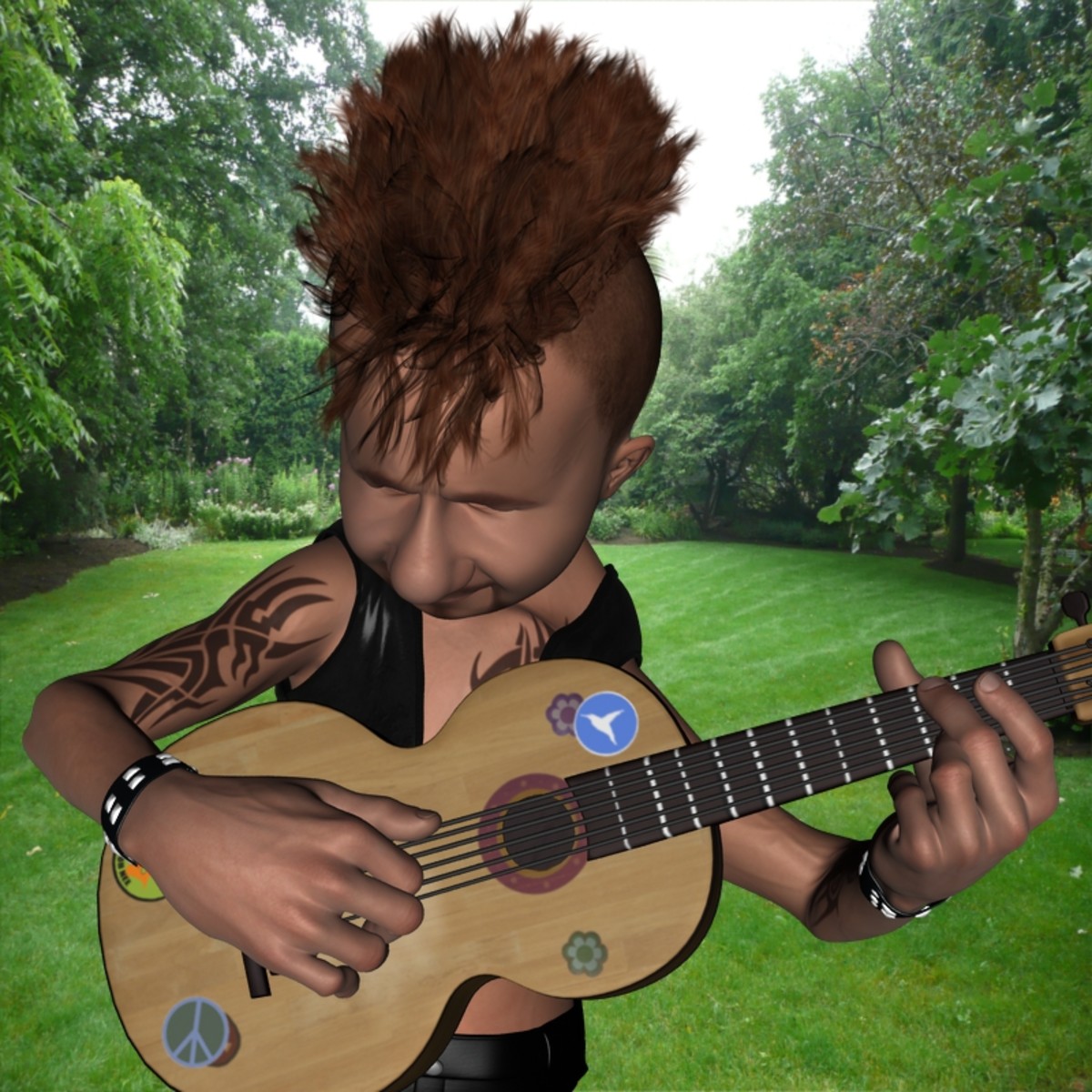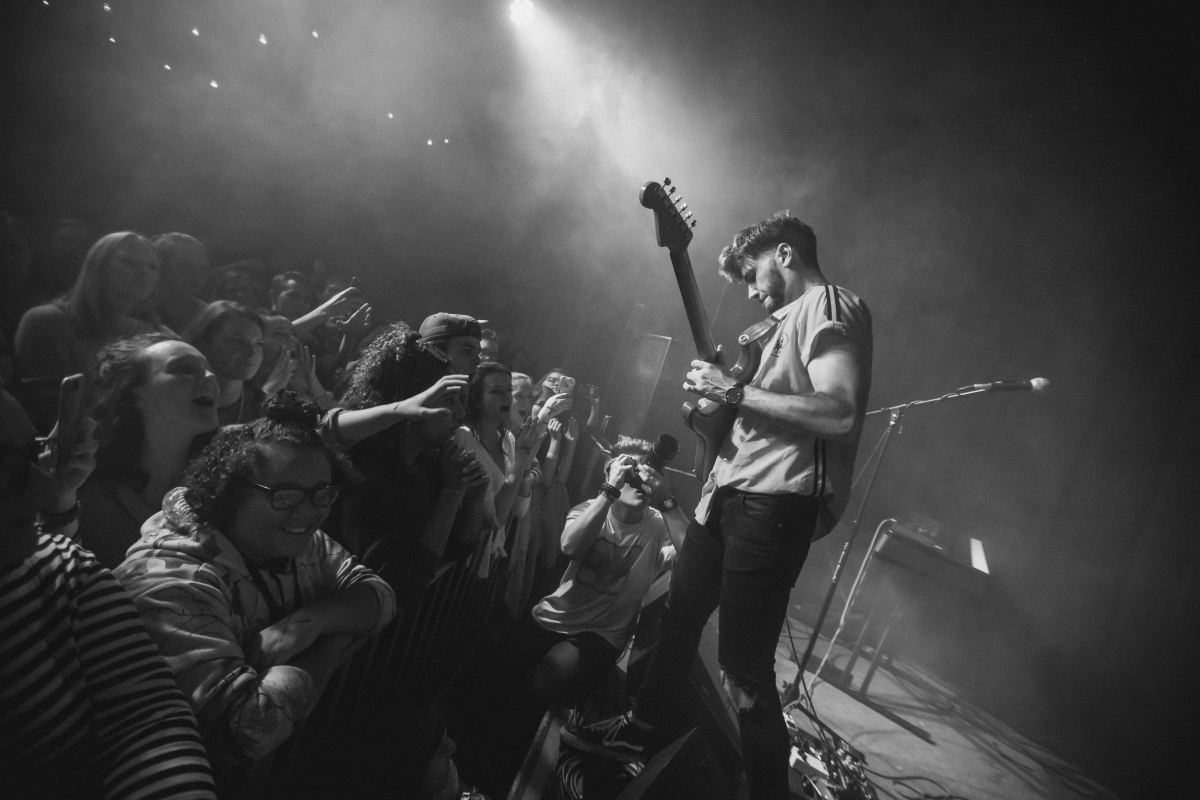The History of Doo Wop Not Found In Late Night Infomercials
Foundation in 1930s Musical Groups
Doo wop or doo-wop is a marriage of rythym and blues and rock n' roll styles that has gained a cult following and a large market through late night television infomercials that hawk CDs and DVDs of surviving and past doo-wop groups.
On the educational channels around America, PBS Specials or Telethons offer an hour or two of highlights from the DVDs in order to gain new contributors to keep the stations going. Although the old Red Green Telethons for PBS were fresher and more entertaining, these doo-wop specials are not bad. PBS may be the only chance some younger viewers may have of enjoying this style of music. It's a reminder of good memories for older people.
My father liked to listen the the nearest precursors of Doo Wop Music, which were the vinyl recordings of the Mills Brothers and the Ink Spots from the 1930s and 1940s. He had purchased these recordings after graduating from college and beginning a career; and preserved them throughout his life, adding additional records from the Big Band Era that included Cab Calloway hits. My father's favorite singers were the original Ink Spots.
Street Corner Symphonies
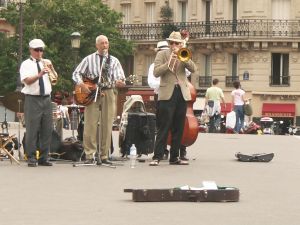
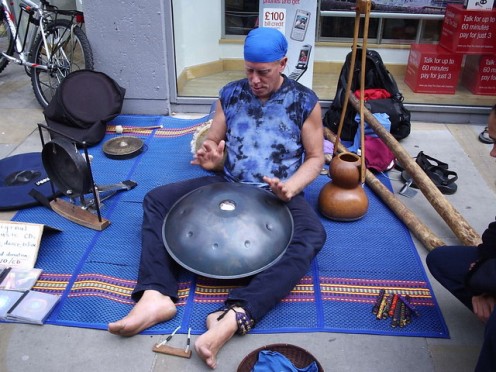
The Central Ohio Experience
Franklin County provided a number of venues early on for musical entertainment, especially at the Ohio State Fairgrounds north of the central city and the Franklin County Fairgrounds on the west side. Vocal and instrumental groups from around the state and other parts of the US performed annually at our fairs. This expanded to include all styles from "old timey" country and Gospel to doo-wop and rock and roll by the middle of the 20th Century.
On the east side of Columbus near the downtown business district, a number venues promoted big band, blues, rhythm and blues, and doo-wop acts. One of these is the well known Lincoln Theater, which underwent the beginnings of reconstruction and revitalization in the 1990s. Today, it is a historic site as well as an operational theater and the surrounding neighborhood has been completely rebuilt thanks to the preservation initiatives of Mayor Michael C. Coleman.
Beside the Lincoln Theater is the Kings Arts Complex. This is a performance and historical venue that is quite popular with sightseers and school field trip groups as well as the residents of Franklin County. One in-depth exhibit the center has provided in the recent past is the story of slave ships and the early slave trade. The artists renditions of the inner holds of these slave ships is astounding, stimulating understanding and the emotions of sadness, regret, and anger at the plight of these Africans that were trafficked in America.
The complex hosts the annual citywide prayer breakfast as well and a number of other positive events. The walls of the entrance halls have been full of photographs of vocal groups that performed at the Lincoln Theater, on local TV dance shows, and at the historic Valley Dale Ballroom (originally a stagecoach stop) on Sunbury Road. The photo exhibits have spanned the 1940s through the 1970s. It is clear that rythym and blues and doo-wop were big among the African-American population of town, but plenty of whites attended these concerts and shows.
In the 2010s, doo-wop reunion and tribute tours make their rounds of Columbus, Ohio and enjoy large audiences.
King Arts Complex and Lincoln Theater
Pittsburgh, Pennsylvania
Pittsburgh was a famous hub city for doo-wop, rhythm and blues, and rock and roll. The Marcels and the Del-Vikings were doo-wop from Pittsburgh, which had its own Savoy Ballroom. Additional Pittsburgh doo-wop groups are discussed on the link below.
- Doo-Wop & Vocal Groups - Pittsburgh Music History
Pittsburgh Music History is an online virtual museum that tells the story of the development of Pittsburgh's musical culture and honors musicians, music industry professionals, and radio personalities from Pittsburgh tri-state area ...
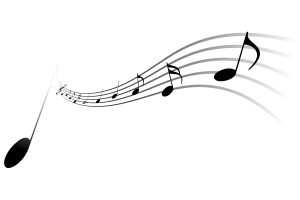
The Ink Spots
This group may have had the most far reaching influence into the doo-wop style, with elements of their vocal techniques readily audible in that of doo-wop groups from the 1940s through the 1970s.
The Ink Spots were the first of their genre specialists to focus on the tenor melody and the bass rhythm to form the framework for doo-wap. I can hear this more clearly in their performance arrangements than in that of other groups of their era, including the Impressions and The Platters. The beat box voice parts especially are directly related to doo-wop.
Beyond that, their influence is reflected in the rise and revival of a Capella ( or a capella) music from 1990 to the 2010s and related shows like The Sing Off.
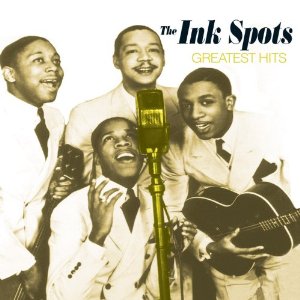
Original Members of the Ink Spots
- Ivory “Deek” (Deacon) Watson (lead)
- Charlie Fuqua (second tenor part and baritone)
- Jerry Daniels (first tenor)
- Orville “Hoppy” Jones (bass)
Charlie and Jerry were a vaudeville team, playing banjo and guitar and singing. Deek Watson met them at Charlie's shoeshine stand in Indianapolis, they formed a group, and debuted in Cleveland, Ohio on WHK Radio in 1931. They went on to perform on the famous Cincinnati’s famous WLW Radio network and picked up Orville “Hoppy” Jones as bass singer and player. Jones had performed with Watson in earlier groups.
From WLW, they went to the Savoy Ballroom in Harlem and WJZ Radio in NYC and this is where they picked up the name Ink Spots from the program director of the Savoy, Moe Gale. They'd had a string of other names. This quartet is the group that my father liked and whose records he collected. The Ink Spots were accepted by both black and white music fans immediately and could perform in any club anywhere in NYC.
Billboard Magazine listed the first doo-wop hits as such in 1942, thanks to the Ink Spots, the Mills Brothers, and groups that adopted their doo-wop styles.
Mr. Gale added talent show winner Bill Kinney to the group and the groups began to decline. Several member left, law suits were drawn, and Charlie Fuqua was awarded rights to the group's name, forming a new Ink Spots. However, many people preferred the originals.
The Originals
Cab Driver - The Mills Brothers
The Mills Brothers - From Piqua, Ohio
The Mills Brothers formed before the Ink Spots organized and recorded a greater number of rhythm and blues and doo-wop numbers, but the In Spots have had a father reach of influence. This extends all the way through a revival of doo-wop, a Capella groups (especially in colleges), and The Sing Off.
The first film performance of the Mills Brothers can be seen in Cab Calloway's early picture The Big Broadcast (1932).
The Mills Brothers sang in church and formed a barbershop quartet. During September 1930, they gained work on the radio and by 1932, had begun performing in films. Their songbook included pop music of the period, but a number of doo-wop numbers.
Additional Doo-wop Groups In History
Some of the best known groups include:
- The Platters - "Only You"; Twilight Time"; "The Great Pretender"
- Frankie Lyman and the Teenagers - "Why Do Fools Fall In Love?"
- The Penguins - "Earth Angel", classic doo-wop
- The Coasters - Novelty numbers.
- The Drifters - "Up On the Roof": "Save the Last Dance For Me."
A well known solo artist:
- Gene Chandler - "Duke of Earl."
Many of the large number of doo-wop groups of the 1950s and 1960s had only one hit record, but those below were more successful. These are the names I see at our university record shops and Half Price Books, Records and Music most often, but you may know additional groups that were your favorites.
- Little Anthony and the Imperials - 1950s to today; visit them at http://www.littleanthonyandtheimperials.com/ -- "Hurt So Bad"; "I Think I'm Going Out Of My Head"; "Tears On My Pillow." They appeared on many of Dick Clark's shows and have appeared in telecasts of DVDs for infomercials.
Gene Chandler - Duke of Earl on PBS Stations
Silhouettes - Get a Job
- Cleftones - "Heart and Soul."
- Del-Vikings
- Silhouettes - "Get a Job" is also classic doo-wop and provided the words "sha na na."
- The Belmonts - "The Wanderer."
- Danny and the Juniors - "At the Hop." Lenny baker play sax with this group and later helped to found Sha Na Na.
- The Marcels - "Blue Moon" with a bass intro in 1961 was a big hit.
- The Dells - "Oh, What a Night."- Still on the R&B charts in the mid-1980s.
- The Rivingtons - "Pa Pa Ooh Mow Mow"' "The Bird Is the Word."
The Coasters - Get an ugly girl to marry you
Doo-Wop Classic 100 Songs
Modern Doo-Wop Groups
In 2012, Bowzer of Sha Na Na sells doo-wop music on late night infomercials. He is also the Chairman of the Truth in Music Committee at the Vocal Group Hall of Fame (see link at the end of this Hub).
Jon "Bowzer" Bauman and the other members of the group recorded 1950s doo-wop and rock and roll, but also hosted a musical TV series called Sha Na Na 1977 to 1981.
Interestingly, Sha Na Na began as part of the a Capella group, the Kingsmen, at Columbia University. This reinforces the idea that doo-wop continued to be a successful vocal music genre through the 1980s, preceding The Sing Off, which features many college groups as well as reunited doo-wop vocals of old.
One of the groups on The Sing Off has been Street Corner Symphony, a fitting name, since that is what street corner a Capella groups of the 1950s and 60s provided - a street corner symphony.
Jon Bauman's Web Site
- Welcome to Bowzer's Rock 'N Roll Party!
Jon is dedicated to ending the wave of imposter groups that have emerged.
Music You May Also Enjoy
- Top 10 Rock and Roll Songs of The 1950s
Music historians have often credited Bo Diddley with being the foundation of Rock and Roll; here are 10 top classics based on some of his work, along with a few others...
Street Corner Symphony
Vocal Music Hall Of Fame
- The Vocal Group Hall of Fame Foundation - Honoring the Greatest Vocal Groups of The World
The Vocal Group Hall of Fame Foundation. Dedicated to honoring the greatest vocal groups of the world.
Vocal Group Hall of Fame, Sharon PA
References
- 2007 Doo wop : the music, the times, the era / "Cousin Brucie" Morrow with Rich Maloof ; foreword by Neil Sedaka ; introduction by TJ Lubinsky.
- 2000. The complete book of doo-wop / Anthony J. Gribin, Matthew M. Schiff.
- 2000 Encyclopedia of rhythm & blues and doo-wop vocal groups / Mitch Rosalsky.1
- 1992 Doo-wop : the forgotten third of rock 'n roll / by Anthony J. Gribin & Matthew M. Schiff.
Places where I can look through classic vinyl:
- Elizabeth's Records; Columbus,Ohio. Offers live performances.
- Half Price Books, North and Northwest stores; Columbus, Ohio.
- Lost Weekend Records; Columbus, Ohio. Live performances often.
- Use Kid's Records; Columbus, Ohio



